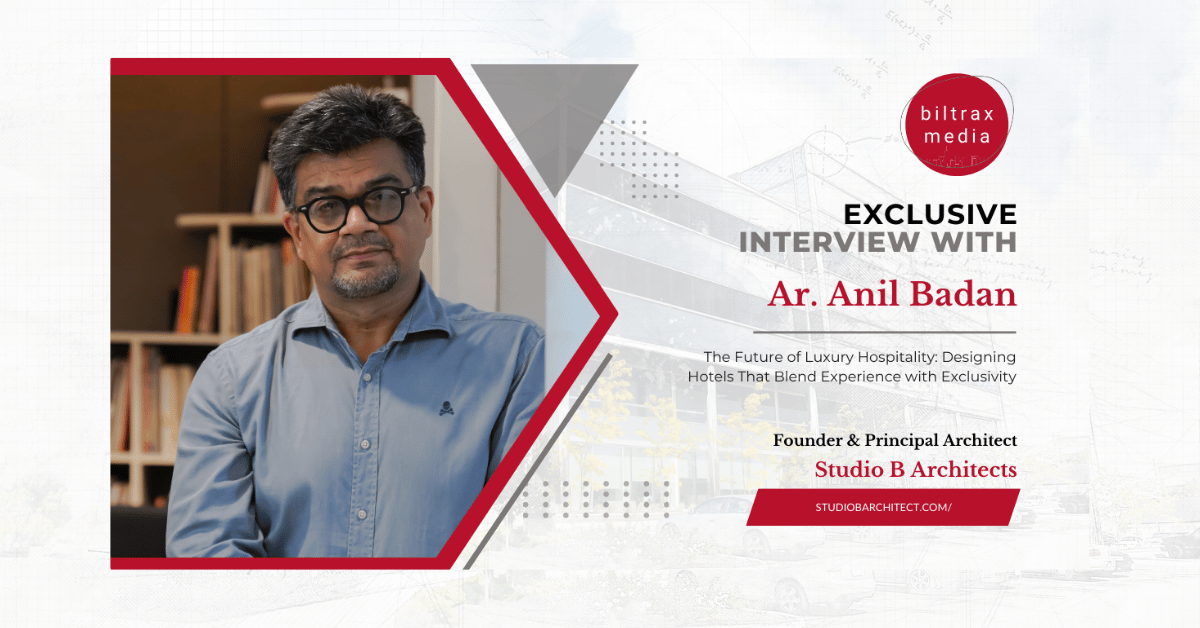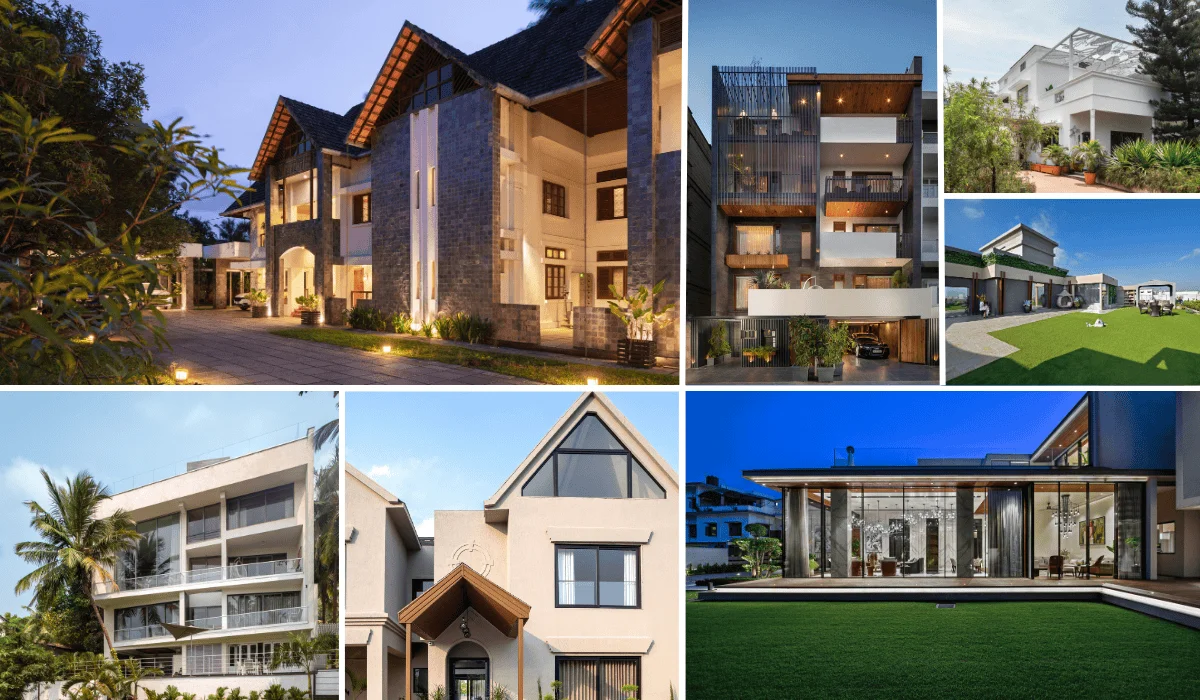In recent years, the landscape of healthcare in India has witnessed a remarkable transformation. The traditional approach to healthcare, centered on clinical excellence and medical interventions, has begun to shift. This transformation is driven by a growing recognition of the crucial role that the physical environment plays in patient well-being and recovery. An emerging concept, neuro-aesthetic design, rooted in the principles of psychologically responsive design, is significantly impacting the Indian healthcare sector.
The Essence of Neuro-aesthetic Design:
Neuro-aesthetic design, often referred to as biophilic or nature-centric design, is fundamentally grounded in the idea that the environment profoundly impacts the well-being of individuals. Hospitals can be daunting and stressful places for both patients and caregivers. Patients grapple with anxiety surrounding their treatments, concerns about the invasion of privacy, loss of control, and the intricacies of medical bills and insurance coverage. Simultaneously, caregivers, including medical professionals and family members, experience stress from demanding work hours and the emotional strain of dealing with patients in distress.
In this context, the essence of neuro-aesthetic design is to create an environment that caters to patients’ and caregivers’ psychological and emotional needs. This design philosophy revolves around the careful curation of sensory experiences in the hospital environment, encompassing the visual, tactile, experiential, acoustic, and olfactory dimensions. It is based on scientific principles, backed by evidence that demonstrates its positive impact on the human psyche.

Neuro-aesthetic Design Elements:
The application of neuro-aesthetic design principles in healthcare institutions begins with a comprehensive understanding of the space, the intended users, and their unique neurological conditions. Consider the infusion pod designed for a cancer patient undergoing chemotherapy. The infusion pod is not merely a clinical space but a place where healing and well-being should be fostered.

From a design standpoint, this means incorporating elements that positively influence the patient’s experience. Expansive views of nature through large windows provide a sense of connection to the external world, while clutter-free and seamless transitions within a space reduce potential stressors like the dependency of patients for support of navigation and accessibility. A color palette dominated by calming greens, scientifically proven to alleviate chronic pain, contributes to a sense of calm and peace. At CDA, this is implemented by incorporating landscape in the entrance lobbies, using glass curtain walls that maximize views and thoughtful landscape in the interiors. An earthy color palette can also complement the greens and add to the calming experience.

Neuro-aesthetic design extends beyond the physical space and encompasses facility planning. Collaboration between healthcare providers and designers aims to optimize efficiency and enhance the user experience. This involves incorporating features like natural daylighting through courtyards, ensuring higher deck-to-deck heights for an open and airy atmosphere, employing color-responsive interior design, and meticulously mapping the user’s journey through the facility to ensure a well-articulated and seamless experience.
The Impact on Patient Outcomes and Satisfaction:
The positive impacts of neuro-aesthetic design are well-established and have become even more evident in the wake of the COVID-19 pandemic. This unprecedented global health crisis has highlighted the importance of behavioral health and the significant role that healing environments play in nurturing the psychological well-being of patients and caregivers.
While no comprehensive system is in place to scientifically quantify the impacts of neuro-aesthetic design at a policy level, isolated pilot studies are periodically conducted to assess the effectiveness of these design elements. The key to further advancing this field lies in the integration of data collection and the development of literature that substantiates the efficacy of neuro-aesthetic design. In conjunction with the ever-evolving clinical technology, such literature is poised to revolutionize healthcare in India by emphasizing a human-centric approach.

The Northern Railway Diagnostic Centre, designed by CDA uses warm healing colors and earthy shades of beige and brown in the large transparent entrance lobby along with the smooth curved forms that have been derived from neuro-aesthetic design principles. This design approach significantly reduces stress levels for patients, creating a soothing atmosphere exuding a sense of tranquillity, especially important in a diagnostic center where patients can be under a lot of stress in anticipation of the reports.
Also Read: CDA | Northern Railway Diagnostic Center


The adoption of neuro-aesthetic design principles in Indian hospitals signifies a paradigm shift in the healing experience. It is a testament to a more integrated healthcare system that recognizes the importance of combining scientific insights from neuroscience, psychology, and design. This human-centric approach shapes the future of healthcare in India, placing the physical environment at the forefront of patient well-being.


As healthcare planners, we understand the pivotal role that neuro-aesthetic design plays in transforming healthcare environments in India. The shift toward creating spaces prioritizing patient comfort, emotional well-being, and healing is a promising development. Neuro-aesthetic design goes beyond aesthetics by placing the patient and their experience at the center of our design philosophy. In the coming years, we can expect neuro-aesthetic design to continue to make significant contributions to the health and wellness of hospitals in India, ultimately enhancing the overall quality of healthcare delivery.


Email Id: media@cdaarchitects.in
Contact No.: 011-41607995, +91-9810757801

Biltrax Construction Data is tracking 28,000+ projects on their technology platform for their clients.
Get exclusive access to upcoming projects in India with actionable insights and gain a competitive advantage for your products in the Indian Construction Market.
Visit www.biltrax.com or email us at contact@biltrax.com to become a subscriber and generate leads.
Disclaimer: The information contained herein has been compiled or arrived at, based upon information obtained in good faith from sources believed to be reliable. All such information and opinions can be subject to change. The image featured in this article is for representation purposes only and does not in any way represent the project. If you wish the article to be removed or edited, please email editor@biltrax.com.
Discover more from Biltrax Media, A Biltrax Group venture
Subscribe to get the latest posts sent to your email.






















